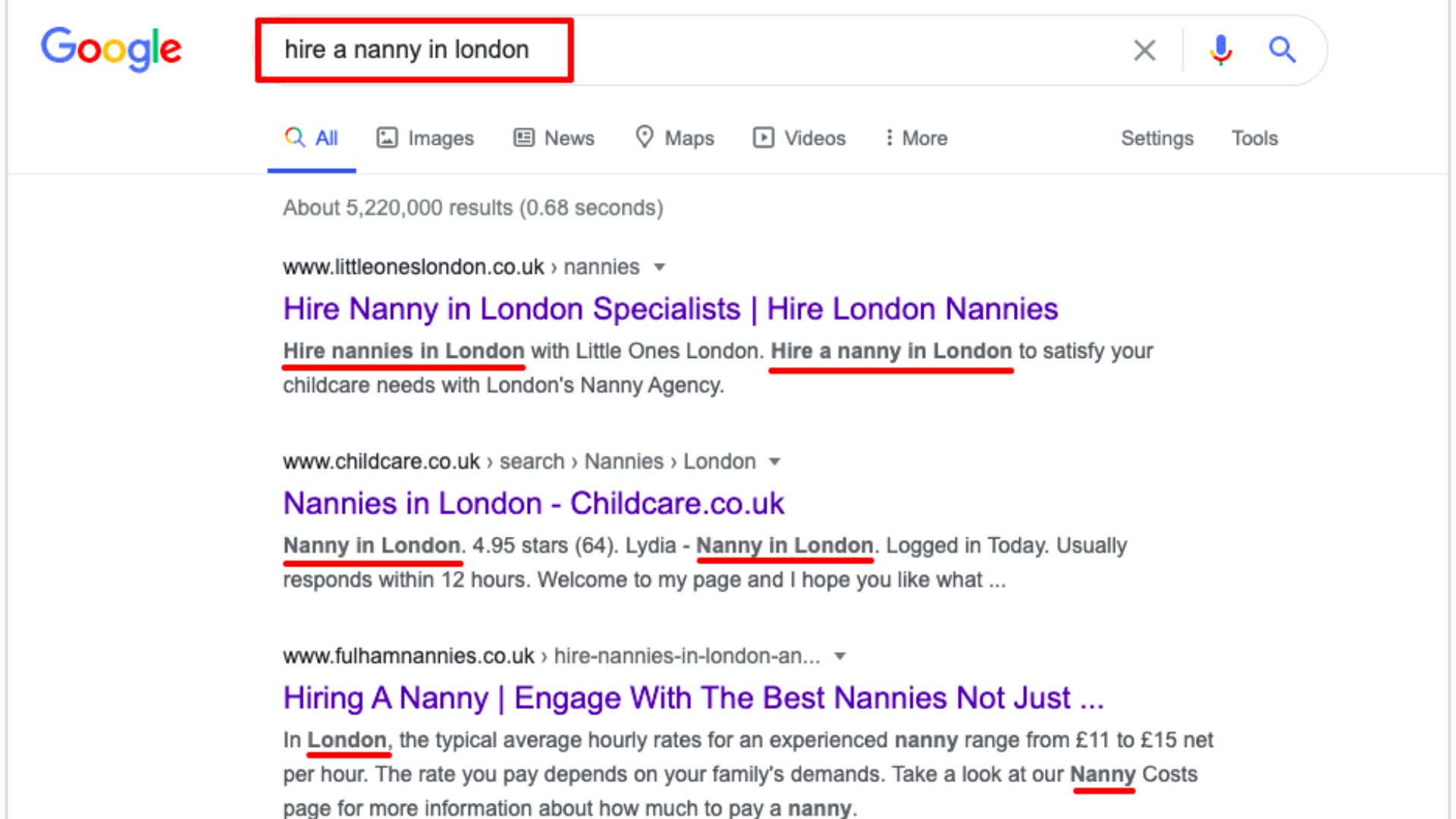Website footers play a crucial role in user experience and navigation. A well-designed footer can enhance usability, provide access to important information, and improve overall website engagement. Here are some best practices for designing website footers and navigation:
- Keep it Simple and Organized: Design the footer with a clean and organized layout, ensuring that it does not overwhelm users. Utilize proper spacing, clear typography, and a logical hierarchy to provide a visually pleasing and easy-to-navigate footer.
- Include Key Information: Include important information and links in the footer, such as contact details, social media icons, privacy policy, terms of service, and copyright information. This not only helps users find essential information easily but also adds credibility to your website.
- Navigation and Site Map: Include a concise and well-structured navigation menu in the footer. This assists users in finding their desired pages quickly, especially if they have scrolled to the bottom of the page. Additionally, consider including a site map or a list of categories to further enhance navigation.
- Sticky Footer: Consider designing a sticky footer that remains visible even when users scroll down the page. This ensures that important links and navigational elements are always accessible, no matter where users are on the website.
- Call-to-Action: Incorporate a call-to-action (CTA) in the footer to encourage user engagement and guide them towards desired actions. This could be subscribing to a newsletter, following on social media, or exploring related content.
- Responsive Design: Ensure that the footer is optimized for mobile devices and smaller screens. It should adapt gracefully and provide a seamless user experience across different devices.
- Design Consistency: Maintain design consistency between the footer and the rest of the website. Use consistent colors, typography, and styling to provide a cohesive and unified user experience.
- Links to key pages: Include links to popular or frequently visited pages in the footer, such as the homepage, product/service pages, blog, or FAQ section. This facilitates quick access to important content and reduces the number of clicks required to navigate.
- Accessibility Considerations: Ensure that the footer, including its links and content, is accessible for all users. Use descriptive alt tags for images, provide proper color contrast for text, and make sure that the footer can be accessed via keyboard navigation.
- Test and Iterate: Monitor user behavior and gather feedback to improve the footer design over time. A/B testing different footer layouts or variations can provide valuable insights into user preferences and help optimize the footer for better engagement and navigation.
By following these best practices, businesses can create user-friendly and effective website footers that enhance navigation, provide key information, and improve overall user experience.










